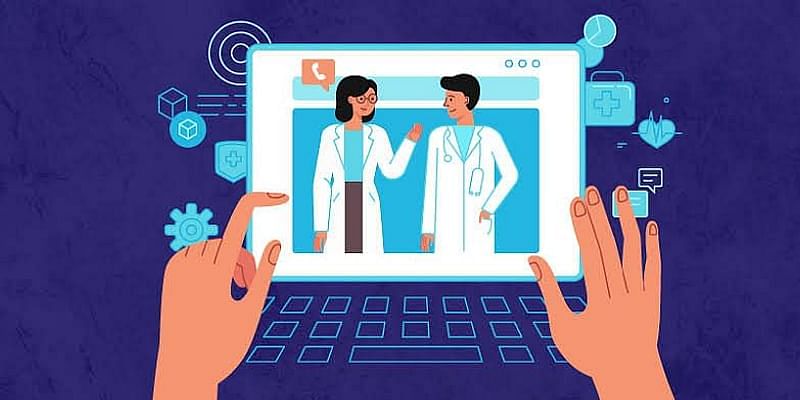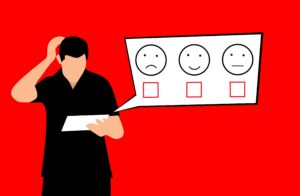In the last few weeks, India has been experiencing a healthcare nightmare. The fast-spreading mutant virus led to spiralling active cases and higher mortality rates. Given the sudden surge of patients in hospitals pan-India, the healthcare infrastructure became choked.
Moreover, the crisis was exacerbated because people with comorbidities — diabetes, hypertension, chronic respiratory ailments, obesity, etc. — were developing complications much faster in COVID-19’s second wave. Worse, even the youth and children were susceptible to the new variant, unlike the first wave.
Complications of late treatment
Undoubtedly, in this second wave, people have been ending up in hospitals because their treatment did not begin when the symptoms first appeared. The onrush triggered severe shortages in ICU beds, ventilators, oxygen cylinders, and concentrators.
Key steroids, antibiotics, anti-fungal drugs, and other medicines also ran out of stock. Social media was awash with heart-rending pleas for oxygen, life-saving drugs, and suchlike.
This wave further accentuated the severity of COVID-19, especially for people with chronic conditions. In many cases, those with comorbidities were put on steroids to contain symptoms. However, despite turning negative for COVID-19, many lost the battle for survival.
With an already weakened immune response, people with diabetes were administered steroids, further affecting their sugar levels. Many who were pre-diabetic or on oral drugs had to be put on insulin post-COVID, as their sugar levels continue to remain high after recovery.
This wave has once again heightened the need for people with diabetes to closely monitor sugar levels for at least 8 to 12 weeks after COVID recovery to keep their levels in check.
Besides, even for other diabetics who were spared during this COVID wave, it has become important to regularly monitor and manage their sugar levels because diabetes can no longer be considered a ‘silent killer’.
However, as frequent interactions with doctors are not possible in the present scenario, telehealth and remote care is helping people with diabetes and other ailments to manage their health conditions.
There are easily accessible digital solutions that offer remote monitoring and data-based proactive and timely interventions by doctors, health coaches, and experts to help manage chronic conditions. These tools are especially relevant now when we witness the fatalities and complications arising out of uncontrolled chronic conditions.
How remote monitoring and care helps
With the use of connected devices that provide the ability to seamlessly sync monitoring data with apps, analyse and intervene on a personal level – people with chronic conditions, and in many cases with COVID as well, can now easily be managed remotely, relieving the dependence on physical infrastructure, which can cater to critical patients.
With innovation being the need of the hour, Indian startups have developed contactless health monitoring systems that assist physicians, patients, and hospital staff in maintaining social distancing without affecting the quality of care.
For example, the shortage of ICUs is a major problem in most regions. But the new systems transform normal beds into makeshift ICU beds. Using contactless, remote monitoring tools, doctors can automate the complete monitoring of vital signs.
Healthtech startups have also developed app-based SPO₂ monitoring tools. This permits users to track blood oxygen levels with just a smartphone. Also, as hospital visits are not needed by more than 90 percent of people, startups are providing complete home-care solutions in cases of COVID-19. This includes oxygen support and plans for extended care for the family.
Remote care is a robust alternative to limit patient visits in overburdened hospitals. As hospitals, labs, and medical personnel are struggling to cope with the flood of patients, telemedicine can greatly ease this burden.
Besides ensuring the already limited healthcare infrastructure is used for those in need, remote care, and telemedicine help reduce healthcare costs by lowering doctor downtime, speeding up access to specialists and overcoming staff shortage issues. Additionally, patients in rural regions save immense costs and time spent travelling to urban zones for consultations.
Finally, in metro cities and some other regions, cases are fast declining. However, it is the Tier-II and III places and rural areas where remote care and monitoring solutions will need to be scaled rapidly as we prepare for future waves.
These smaller towns and rural areas are severely unequipped not only in their ability to tackle COVID but also in the ill effects accentuated by non-communicable diseases such as diabetes and hypertension. Moreover, this is no time for any of us to drop our guard. People who are unwell or showing symptoms of COVID as well as those recovering from it must keep monitoring and managing their condition through telehealth and remote care solutions.
As the COVID crisis continues, digital tools at least offer a ray of hope via timely treatment and daily disease management for saving millions of lives.
(Disclaimer: The views and opinions expressed in this article are those of the author and do not necessarily reflect the views of YourStory.)




![Read more about the article [Jobs roundup] Work for SaaS-based agritech startup FarMart with these openings](https://blog.digitalsevaa.com/wp-content/uploads/2022/04/FarMartfinal-1648798137242-300x150.png)





